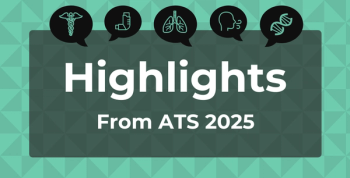
Researchers Have Found 3 Genes Linked to Chronic Back Pain
A new study identified 3 novel genetic variants associated with chronic back pain, which is a leading cause of disability worldwide.
A new study identified 3 novel genetic variants associated with chronic back pain, which is a leading cause of disability worldwide.
The study, published PLOS Genetics, links the risk for back pain with variants in genes controlling skeletal development, among other pathways. The researchers said it is the first such study of its kind and found novel associations with chronic back pain for loci at SOX5, CCDC26/GSDMC, and DCC. These findings may help to understand the basic biology underlying this common symptom, and
The researchers conducted a genome-wide association study in 158,000 adults of European ancestry, including over 29,000 individuals with chronic back pain, looking for gene variants that were associated with the presence of back pain.
The strongest association was with a variant in the SOX5 gene, which is a transcription factor involved in virtually all phases of embryonic development. Inactivation of SOX5 has previously been linked to defects in cartilage and skeleton formation in mice, supporting the hypothesis that the variant discovered in this study may contribute to chronic back pain through its influence on some aspect of skeletal development.
The association of the SOX5 variant with chronic back pain was replicated in another group of over 280,000 individuals, including over 50,000 individuals with chronic back pain.
A second gene (CCDC26/GSDMC), previously associated with intervertebral disc herniation, was also linked to back pain. The authors called that finding interesting, given that lumbar disc herniations have long been implicated as a cause of some forms of back pain.
A third gene, DCC, plays a role in spinal cord development, possibly implicating pain sensation or mood in the risk for back pain.
Back pain affects an estimated 540 million people around the world at any one time. Lifestyle factors—such as smoking, obesity, and low levels of physical activity—that relate to poorer general health are also associated with occurrence of back pain. In the United States, back pain results in 2.6 million emergency department visits each year.
Reference
Suri P, Palmer MR, Tsepilov YA, et al. [published online September 27, 2018]. Genome-wide meta-analysis of 158,000 individuals of European ancestry identifies three loci associated with chronic back pain. PLoS Genet. doi: 10.1371/journal.pgen.1007601.
Newsletter
Stay ahead of policy, cost, and value—subscribe to AJMC for expert insights at the intersection of clinical care and health economics.








































